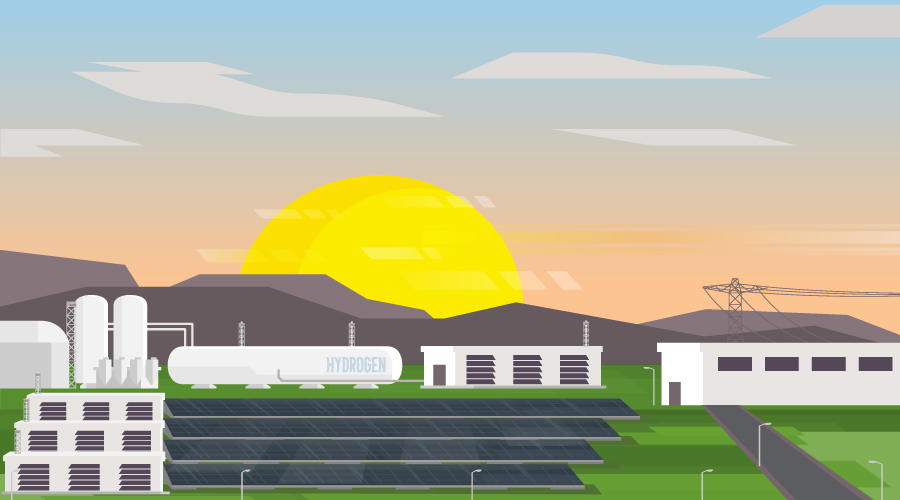Deep Energy Retrofit a Chance to ‘Re-Market,’ Re-Think a Building
Another huge opportunity with a deep energy retrofit is to re-market a building, as well as to allow, if needed, a chance to fundamentally re-think and examine the building's systems and envelope.
More and more these days, especially with more creative lease structures, energy efficiency is a lure for tenants. A deep energy retrofit offers a good chance to "re-market the building," says Denniston, suggesting that a plan to take a building from Class B to Class A is a perfect opportunity to do energy efficiency on a large scale. And doing so is a surefire way to avoid obsolescence and add value for the building.
"Increasingly, energy efficiency and performance is a market factor for buildings," says Denniston. That's true for multi-tenant as well as owner-occupied facilities, and so if a building is being put up for sale, a deep energy retrofit can add value.
How Far Is Just Right?
"A deep energy retrofit means going beyond just hitting a number," says Denniston. "It means going as far as you can with each opportunity." But determining how far to go with a project starts with why the project was initiated in the first place. Muldavin calls this process "the intelligent prioritization of opportunities." It means matching the priorities of the organization, the reason for planning the deep retrofit — again, "You're more likely to have the outcomes you want if you plan around triggers," says Muldavin — and the scope of the project.
But the important thing to understand at the outset, says Denniston, is that thinking about the scope of a deep energy retrofit allows considerations about how building systems affect each other. For instance, he says, "You have the opportunity to look at the envelope when it's time to replace HVAC and lighting. And the interactive effect may give you the opportunity to downsize equipment." This may provide more financial flexibility to improve other areas. Denniston says the most important thing when considering projects is not to simply do a like-for-like replacement. "Look more deeply," he says. "It might be time to change whole system types, to a ground-source heat pump or VRF. Then you can get even more savings."
Denniston says it's important to plan projects in such a way that facility managers don't "cannibalize future savings." What he means by that is if only the minimum — say, a lighting upgrade — is done to get a utility incentive, that's not bad. But now the threshold for other upgrades — controls or occupancy sensors — is much higher and such projects will be more difficult to justify. "What you've done by not going as far as you could is made it less likely you'll ever go further," he says.
Indeed, without question, one of the key components of planning the scope will be the money available. And the money available might fluctuate depending on the perceived value of the deep energy retrofit — and not just energy savings factors.
Related Topics:













